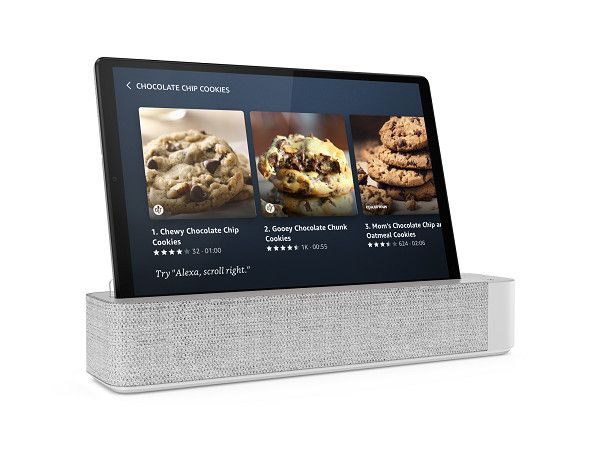Update 1 (08/31/2020 @ 01:20AM ET): Google Nearby Share is rolling out widely. Scroll to the bottom for more information. The article as published on August 4, 2020, is preserved below.
Last year, we learned that Google was preparing a new file-sharing service for Android. This file-sharing service was originally called “Fast Share” during early iterations, but Google eventually rebranded it to “Nearby Share” during the course of development. We got an early glimpse of the feature in January, and in late June, Google started testing the service with a handful of users on the latest Google Play Services beta release. Today, Google has announced that they are finally rolling out Nearby Share to millions of Android smartphones running Android 6.0 and above.
For those unaware, Android has never had a simple, fast, and unified way to share files between devices. Until Android 10, most Android devices did have access to Android Beam, a file-sharing service that required users to tap their phones together to initiate a handshake over NFC followed by a file transfer over Bluetooth or Wi-Fi Direct. Android Beam is, however, deprecated, clunkier, and slower than AirDrop, the file-sharing service on iOS that’s been around for years and is used by millions of iPhone and iPad users. AirDrop lets you quickly share files with any fellow iPhone or iPad users that are nearby. There are file-sharing services on Android that are arguably as simple and fast as AirDrop, but they all either require users to either download a third-party app or own a device from a specific smartphone manufacturer. Google is uniquely equipped to roll out a simple, fast, and unified file-sharing service thanks to its control over Google Play Services, which is installed on the vast majority of Android devices sold outside of China regardless of the manufacturer. That’s exactly what Nearby Share is—a simple, fast, and unified file-sharing service for Android.
With Nearby Share, Android users can quickly share files to nearby users with the tap of a button. After tapping the “share” button in an app, users can share file(s) by selecting the “Nearby Share” option. Nearby users will then get a notification that someone wants to share content with them. Users will always have the option to “accept” or “decline” the file, so files are never transferred without explicit confirmation. After tapping “accept”, the file(s) are transferred using the best available communication protocol: Bluetooth, Bluetooth Low Energy, WebRTC, or peer-to-peer WiFi. Thus, files can be shared even when the sender and recipient devices are both fully offline.

Google designed this feature with privacy in mind. You can send and receive files anonymously, for example. You can also choose which contacts (all, some, or none) are able to immediately see you when you turn on Nearby Share.

Perhaps the best part of Nearby Share is that Google is making it cross-platform. While we don’t know about iOS compatibility, Google confirmed they’re working to expand the feature to additional platforms. The company confirmed that feature will work with Chromebooks in the coming months. In fact, it’s already available on Chrome OS if you enable a few feature flags. More general OS support, such as Windows, will be available via Google Chrome.

Starting today, select Google Pixel and Samsung Galaxy smartphones running Android 6.0 or later will start getting Nearby Share. Since this feature is baked into Google Play Services, it’ll eventually become available for more Android smartphones. Check out this support page for more information on how the feature works.
Update: Google Nearby Share now rolling out widely
It appears that Google is rolling out Nearby Share more widely. We’ve spotted the feature on several devices now, like the ASUS ZenFone 7 Pro, OnePlus Nord, Nubia Red Magic 5S, and LG Velvet. All of these devices are running Google Play Services 20.30.19 stable. Other users with OnePlus, Xiaomi, Honor, Realme, and Nokia phones have also mentioned that they have received the feature.

To access Nearby Share, go to Settings > Google > Device Connections > Nearby Share, or Settings > Connected Devices > Connection Preferences > Nearby Share (this menu isn’t available on all OS versions and/or OEM skins). If this setting is visible to you, you can also edit your Quick Settings to add the Nearby Share tile.
As the screenshot indicates, number verification appears to be a newly added feature.
The post [Update: Wider Rollout] Google is rolling out Nearby Share, its file-sharing AirDrop clone for Android 6.0+ appeared first on xda-developers.
from xda-developers https://ift.tt/2EN0zv7
via
IFTTT

















 Upload+ (2 x 20 MHz carrier aggregation, up to 64-QAM)
Upload+ (2 x 20 MHz carrier aggregation, up to 64-QAM)






